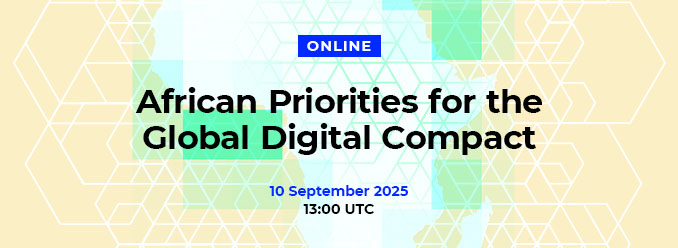African priorities for the Global Digital Compact

DiploFoundation is organising a webinar which will bring together African experts from technology, development, diplomacy and policy domains to discuss which digital issues must be urgently prioritised to keep Africa on course in a rapidly changing world.
In 2022, the idea of a Global Digital Compact was floated by the UN with the intention of developing shared principles for a secure digital future – a future in which the power of digital technology was fully harnessed to accelerate the achievement of SDGs and where the risks and harms of the technology were effectively mitigated. The objectives of the GDC broadly addressed the right of every human to have access to sustainable information (through a digital public good) through an affordable internet, and to enjoy effective protection from the risks of existing and emerging technologies and their applications. Subsequently, the African Union developed an African Digital Compact. It had 10 pillars broadly covering 4 themes:
- Aim: Affordable connectivity for all Africans,
- Implementation: Development of the necessary governance and partnership framework, infrastructure, and digital skills.
- Development and application: SDG applications, innovation, digital economy, public goods and services, and AI.
- Safeguards: Cybersecurity, data protection, digital rights and privacy.
As the AU recognised, Africa has special needs related to digital transformation. Some countries are forging ahead with rapid digital adoption led by a tech-savvy, youthful population. However, ground-breaking innovations have been slow to penetrate other parts of the continent due to policy, implementation and communication issues. At the same time, emerging technologies such as generative AI, IoT and robotics are already making a mark on the continent with all the attendant opportunities and risks.
